What’s Happening
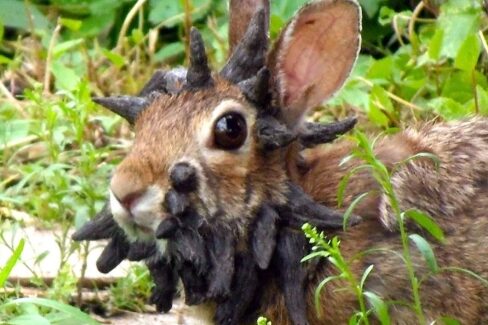
They hop across the prairie, twitch their noses, and in Colorado, some of them grow horns. Across the state, rabbits have been spotted with strange, horn-like growths sprouting from their heads. These are caused by Shope papilloma virus, a rare condition that makes rabbits appear like something out of folklore. While harmless to humans, the growths make life tough for the rabbits themselves, interfering with vision and eating. The sight is so unusual that many people connect it to the long-told stories of jackalopes, where myth and science quietly meet on the plains.
The Locals Call Them “Frankenstein Bunnies”
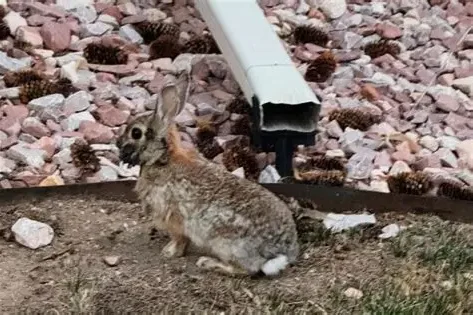
The nickname might sound playful, but it perfectly describes what people see. These rabbits look like creatures from a mix of science fiction and campfire tales, with their horn-like growths jutting out at odd angles. Locals call them “Frankenstein bunnies” because they appear stitched together from two worlds, one natural and one imagined. Yet behind the nickname lies a viral infection that causes keratinized growths. For the rabbits, it’s a condition that complicates survival, but for curious onlookers, it’s a living reminder of how folklore can be born from unexpected realities in nature.
The “Horns” Are Nature’s Trick
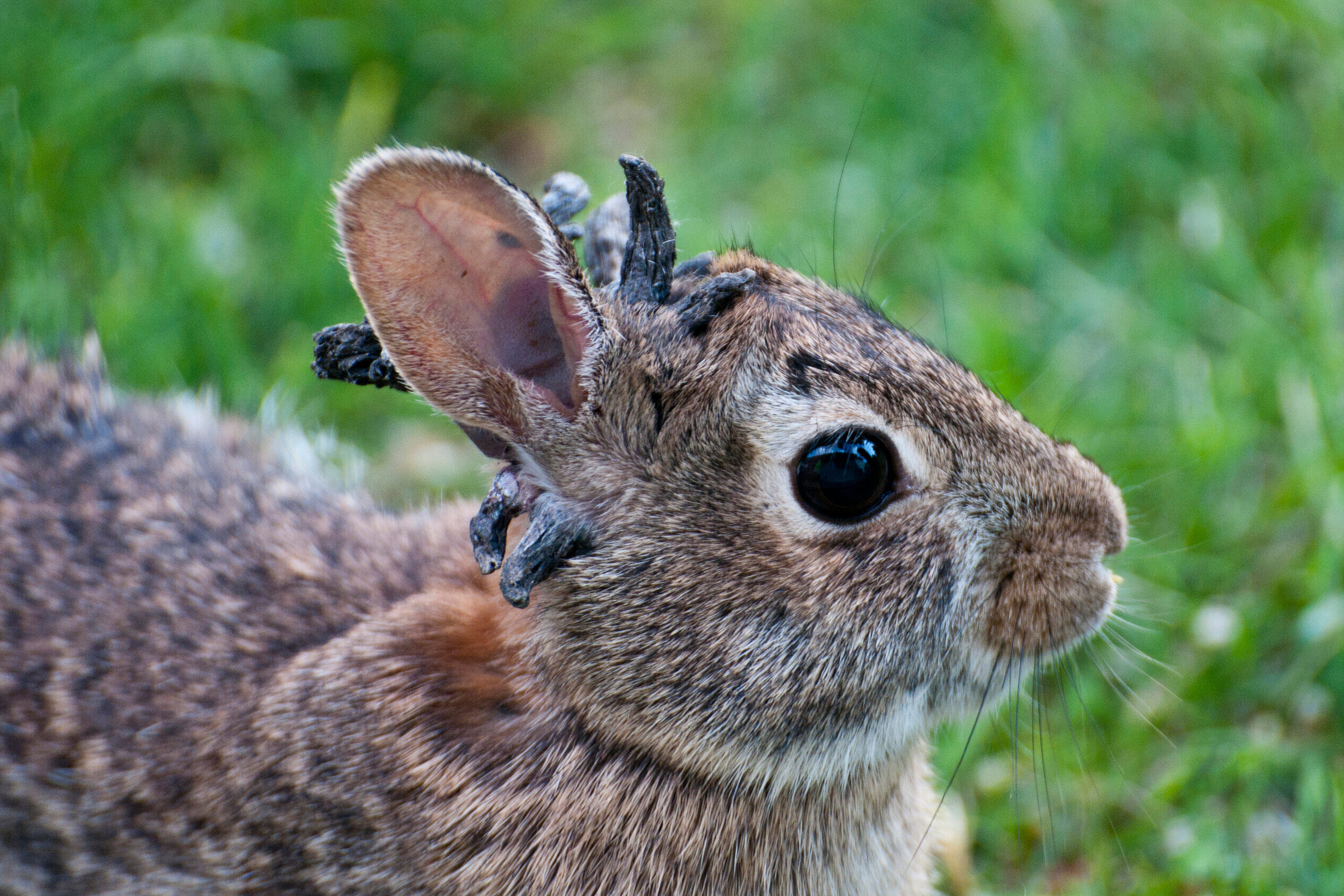
Despite their appearance, the so-called horns are not bone. They are made of keratin, the same protein found in human hair and nails. In some cases, the virus creates symmetrical growths, giving the illusion of antlers sprouting from a rabbit’s head. From afar, the image is so convincing that it feels like stepping into a legend. The uncanny sight fuels the belief that these animals might actually be jackalopes, but in truth, they are simply rabbits living with a virus that makes biology look like magic to those who happen to notice.
Teaser-Worthy Truth
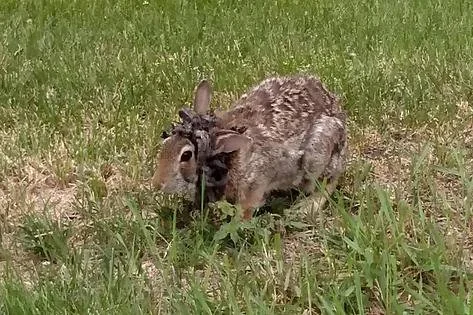
Horned rabbits really are hopping across Colorado, and scientists say they may have sparked the enduring tales of the jackalope. For years, postcards and souvenirs have played up the legend, making the horned rabbit a cultural symbol. But biology tells a different story, one where a virus can create growths that look like something out of fantasy. People marvel because the line between fact and folklore feels so thin. And each time another rabbit is spotted, the story spreads again, proving that myths often begin in the most ordinary yet remarkable places.
Folklore Meets Fact
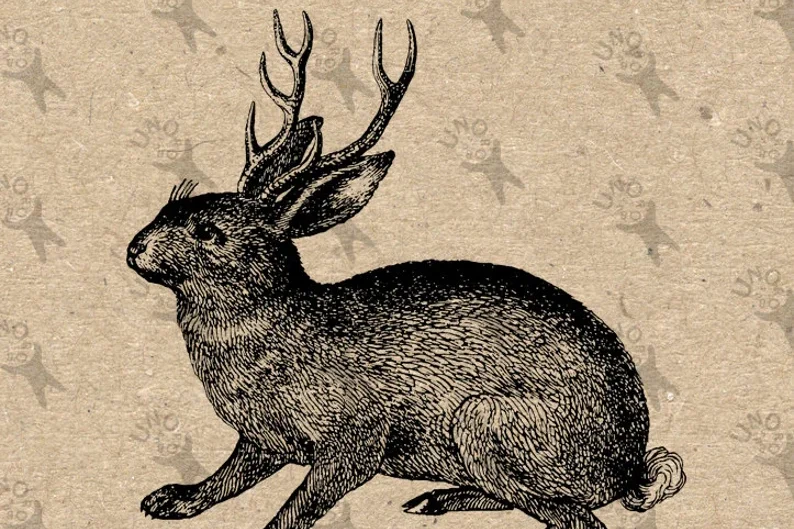
The jackalope is one of the most famous creatures in American folklore, often described as a rabbit with horns like an antelope. In the 20th century, it became a pop-culture favorite, appearing on postcards, novelty taxidermy, and roadside souvenirs. Many believe the sightings of virus-infected rabbits gave birth to the story, with people filling the gap of scientific understanding with imagination. The blending of fact and fantasy allowed the tale to grow. It remains a classic example of how ordinary wildlife encounters can spark legends that endure long after the first story was told.
The Virus Has History
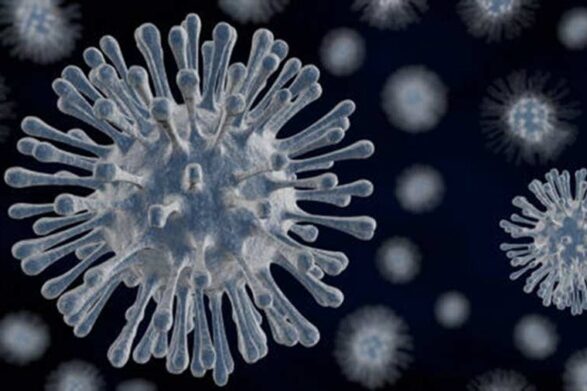
Shope papilloma virus, which causes these horn-like growths, was first documented in the 1930s by Dr. Richard Shope. His studies on horned cottontail rabbits revealed that viruses could cause tumors, leading to discoveries that extended far beyond rabbit biology. The research became foundational for understanding how some cancers develop. While the rabbits themselves may have seemed like oddities, they helped shape medical history in ways most people never realize. What began as a strange sight in the wild ultimately provided science with valuable knowledge, showing that even folklore-linked animals can change human understanding.
Close Encounters Spread It
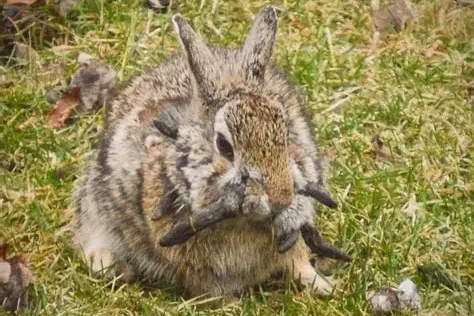
The virus passes from rabbit to rabbit through scratches, bites, or direct contact, especially when they fight over territory or food. Infected animals may appear normal at first, with growths only developing weeks or months later. To onlookers, it can feel like magic, seeing an ordinary rabbit suddenly transform into something extraordinary over time. This gradual change adds mystery, giving rise to repeated claims of spotting strange horned creatures. While science offers a straightforward explanation, the delayed appearance of the growths ensures that folklore has all the space it needs to grow.
Safe for Humans but Not for the Bunny
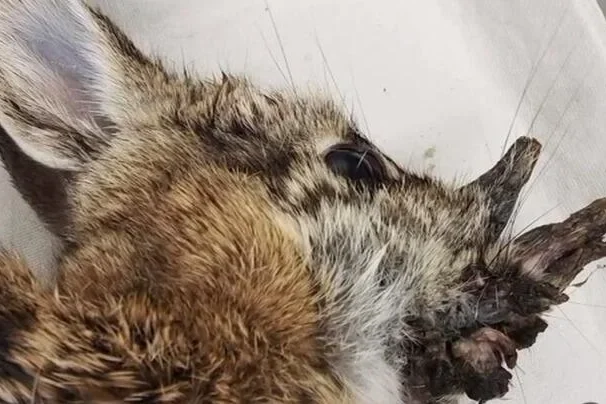
For anyone wondering if horned rabbits pose a risk, the answer is simple. The virus cannot infect humans, pets, or livestock. Unfortunately, the same cannot be said for the rabbits themselves. Growths that block their eyes or mouths can make it nearly impossible to eat or avoid predators. Life in the wild becomes much harder, and many rabbits do not survive. To those who see them, they may look mythical, but in reality, they are creatures struggling with illness, caught in the middle of a story larger than themselves.
A Cure Exists in Theory
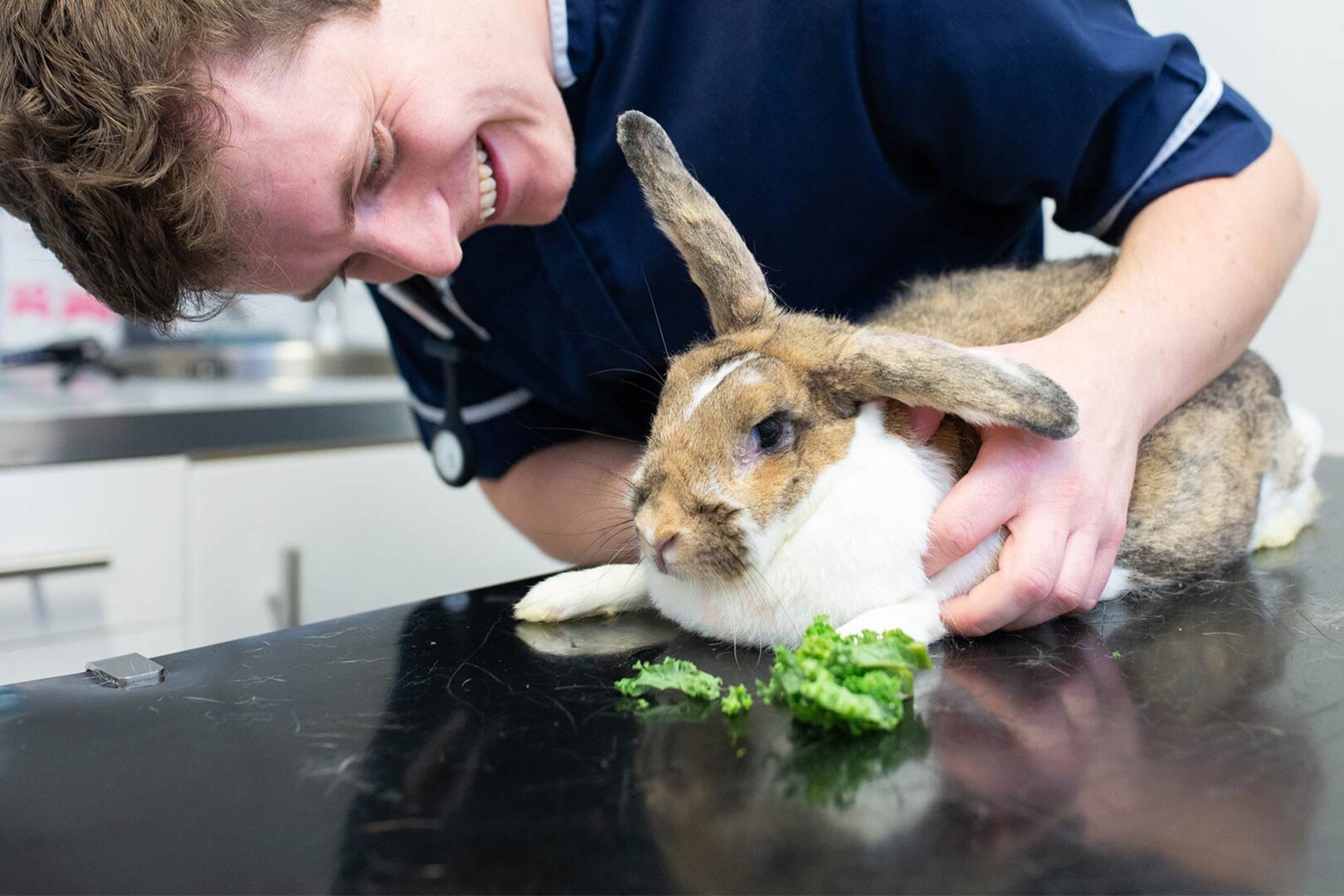
In controlled settings, veterinarians can remove the horn-like growths through surgery, giving rabbits a chance at a healthier life. But for wild rabbits, capturing and treating them is rarely an option. The stress of handling often outweighs the benefit of the procedure. Instead, experts suggest that the best way to protect them is through healthy habitats that limit overcrowding and reduce the spread of the virus. In this case, conservation becomes the true form of care, reminding us that prevention in nature is often more powerful than any cure.
Folklore Facts About the Jackalope
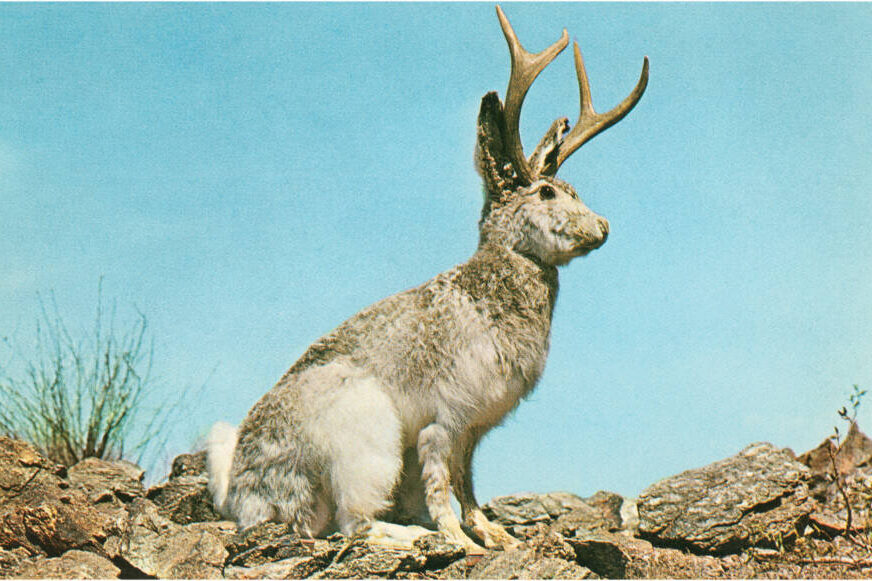
Though fun to imagine, there are no verified jackalopes in the wild. The animal is pure legend. Still, Douglas, Wyoming, proudly calls itself the “Jackalope Capital of the World,” embracing the myth with community pride. The height of jackalope mania came during the mid-20th century, when fact and fantasy blurred together effortlessly. It wasn’t about proof but about storytelling and playfulness. The jackalope, while never real, became a part of culture that still lingers. It proves that sometimes the strongest legends are the ones built on joy rather than evidence.
Today’s “Frankenstein bunny” sightings keep the jackalope story alive. Each strange photo or roadside report adds another layer to the folklore, proving that the blend of fact and fiction can last for generations, especially when it hops straight into the public imagination.
This story Colorado’s “Frankenstein Bunnies” May Be the Real-Life Jackalope was first published on Daily FETCH


